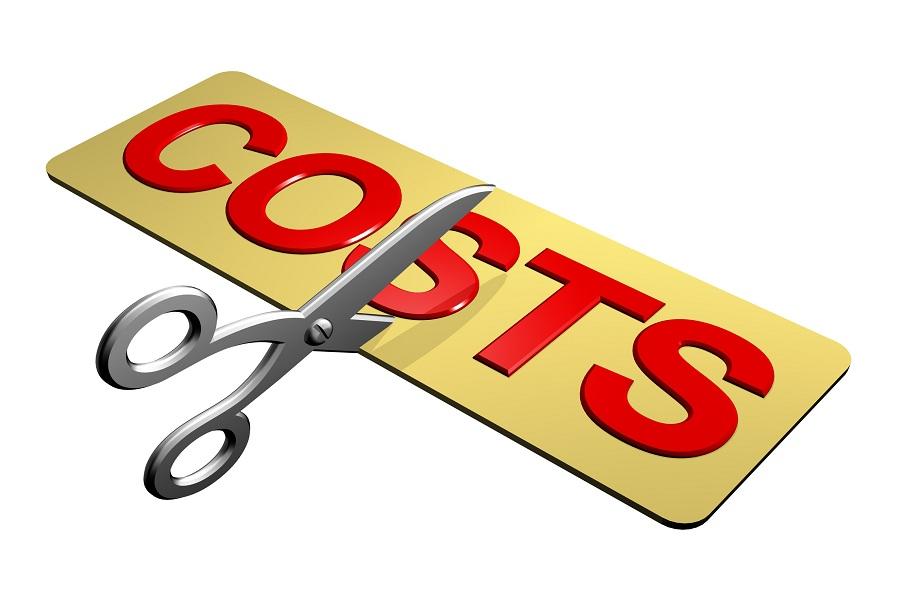On the one hand, it’s hugely exciting. On the other, it’s an utter headache. As today’s title may have suggested, we’re talking about recruitment.
If this is your first hire, then a massive pat on the back is needed. This is a big move, and if you’re ready, it’s one to be celebrated. Even if it’s not, getting extra pairs of hands into the business can be refreshing and give a company the jolt it needs to grow.
Unfortunately, regardless of the stage, you’re in, recruitment is expensive. It’s not just about the salary, pension, and other similar costs either – there are plenty of indirect outgoings.
We’ll now look at four of the most common and show how you can cut costs for your business.

It all starts with the right job description
This is something that a lot of businesses get wrong. They either make the job description too vague or too specific.
If it’s too vague, you’ll end up with a lot of applications from people who aren’t suited to the role. This will cost you time and money as you sift through them all.
On the other hand, if it’s too specific, you may miss out on some great candidates. Be sure to strike the right balance, and you’ll save yourself a lot of time and money in the long run.
Reduce the need to recruit externally
This one may not be possible for everyone, but it’ll save you a lot of money if you can do it. Internal promotions don’t just look great; they are huge cost-savers. Again, it’s not just about the lack of a new salary; it’s also about recruiting someone into a role who can hit the ground running immediately. While you might not be able to put a figure on this, you can take it from us that it will save you plenty!
The best way to do this is to invest in training and development for your existing staff. This will make them more productive, but it’ll also make them less likely to leave.
Of course, there will always be a need to recruit new staff, but if you can reduce the frequency, you’ll save yourself a lot of money in the long run.
The great debate: remote versus on-site working
There’s no right or wrong answer here, and it very much depends on your business needs. That said, there’s no denying that hiring remotely can be cheaper.
There’s no need to invest in extra office space, equipment, or furniture. You also won’t have to worry about things like business rates, insurance requirements, heating, lighting, and so on.

Of course, there are some downsides. For example, you won’t have as much control over your employees, and it can be harder to build team morale.
We’re not going to dive much deeper into this topic, as it has been done to death since the pandemic. However, if you’re looking to continue growing your team and want to save on the obvious costs, it would be fair to say that the world is more accustomed to remote working than ever before.
Think about the next steps… retainment
This one should be obvious, but it’s something that’s often forgotten about. The cost of recruiting is high, but losing an employee and having to replace them is even higher.
You need to think about what you can do to keep your staff happy and motivated. This might include offering flexible working, regular salary reviews, bonuses, or simply creating a good working environment. Again, there are plenty of resources to help with this but don’t just think about the hiring process. Span your reach much longer.
